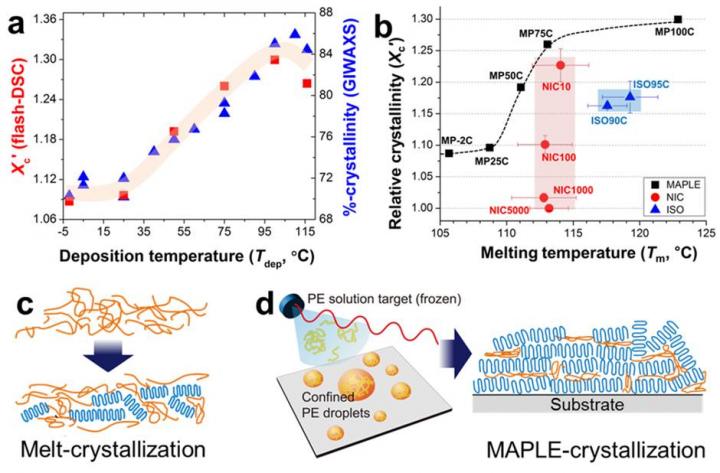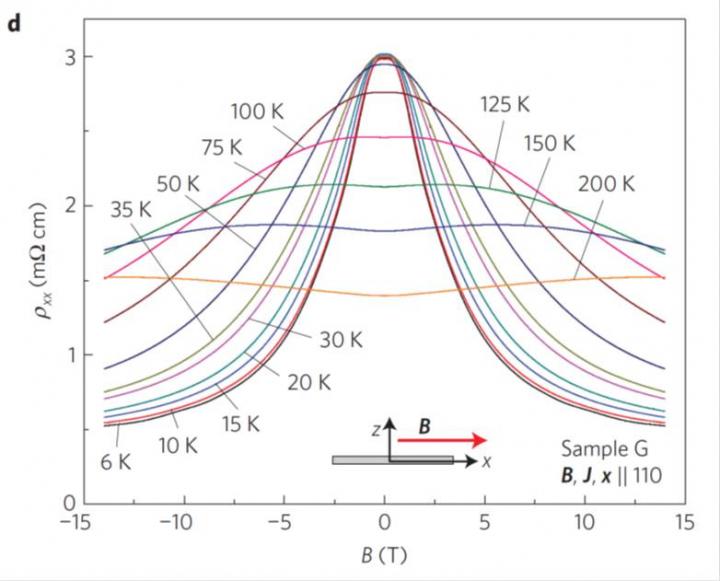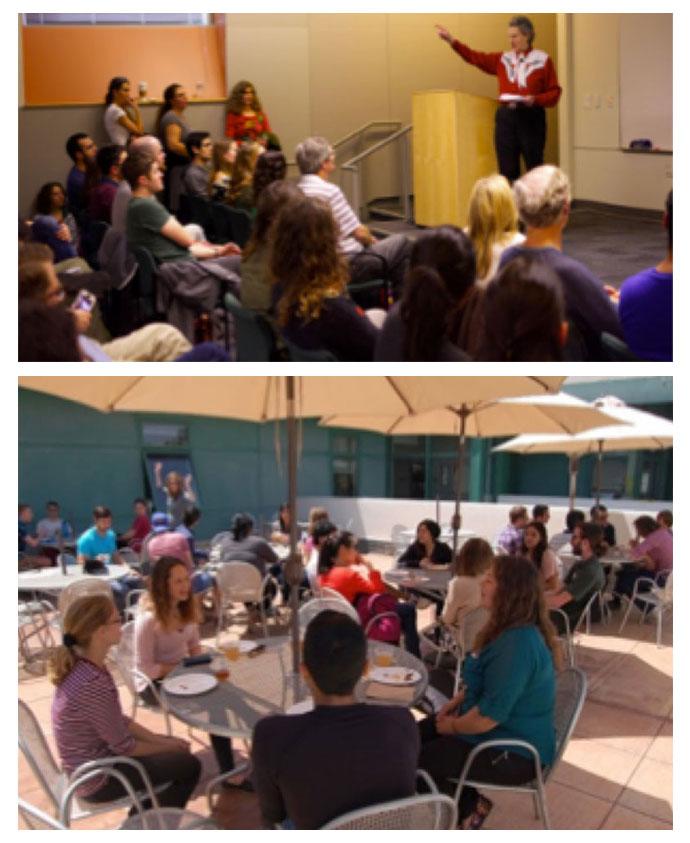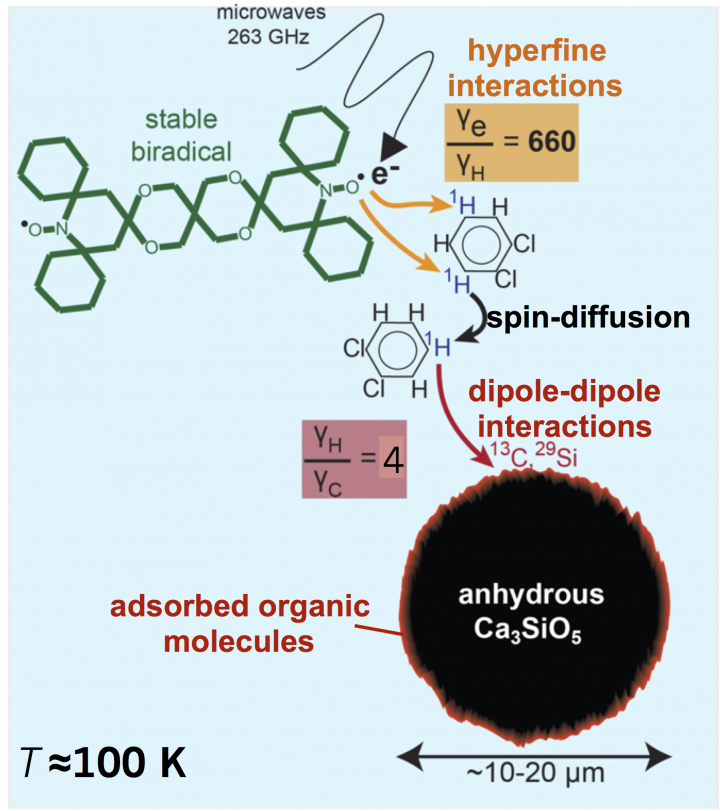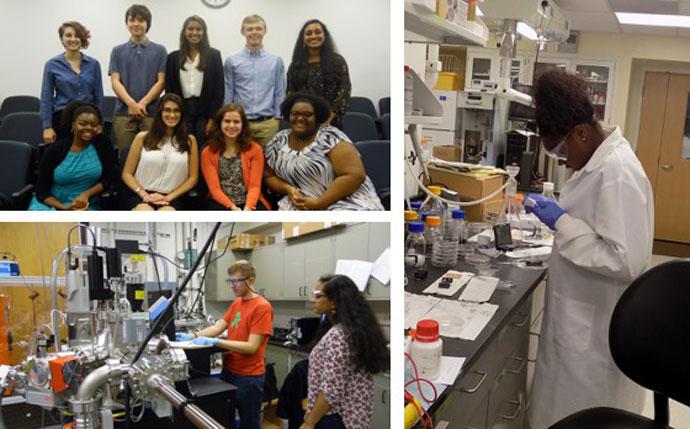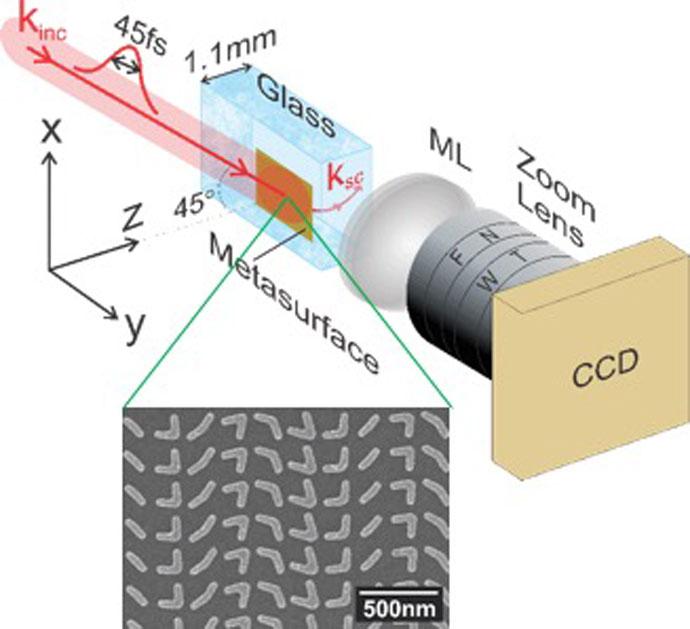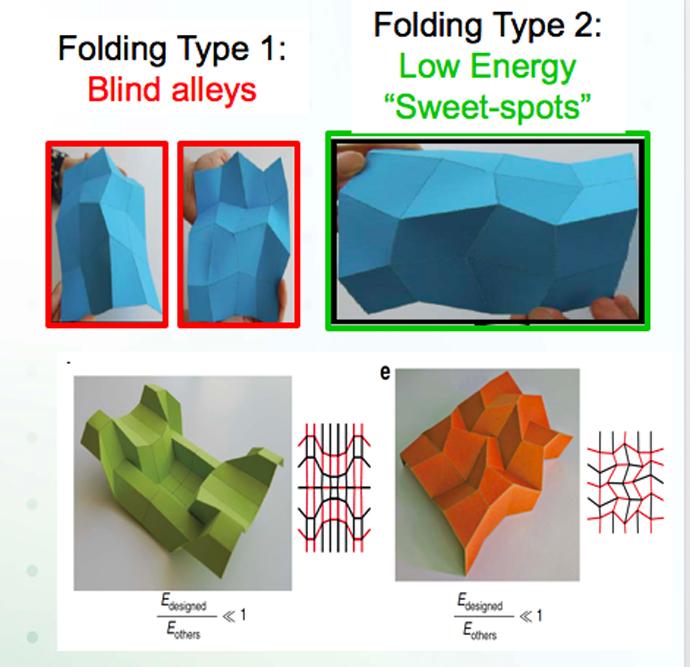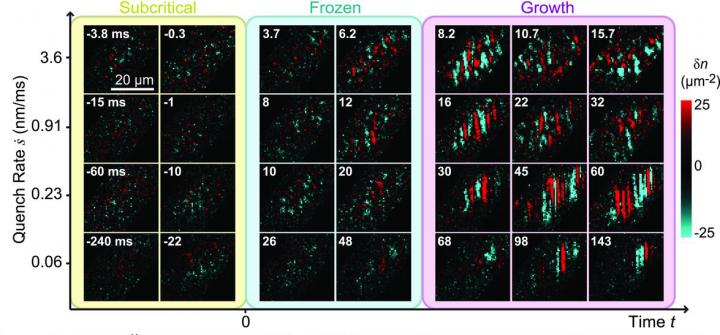We exploited Matrix Assited Pulsed Laser Evaporation (MAPLE) to deposit polyethylene from a quasi-vapor phase at a controlled substrate temperature, to crystallize polymers under confinement at a wide range of target crystallization temperature, Tc. The team showed the remarkable controllability of the semi-crystalline structure of PE by MAPLE with the control of substrate temp.; see Figure A

